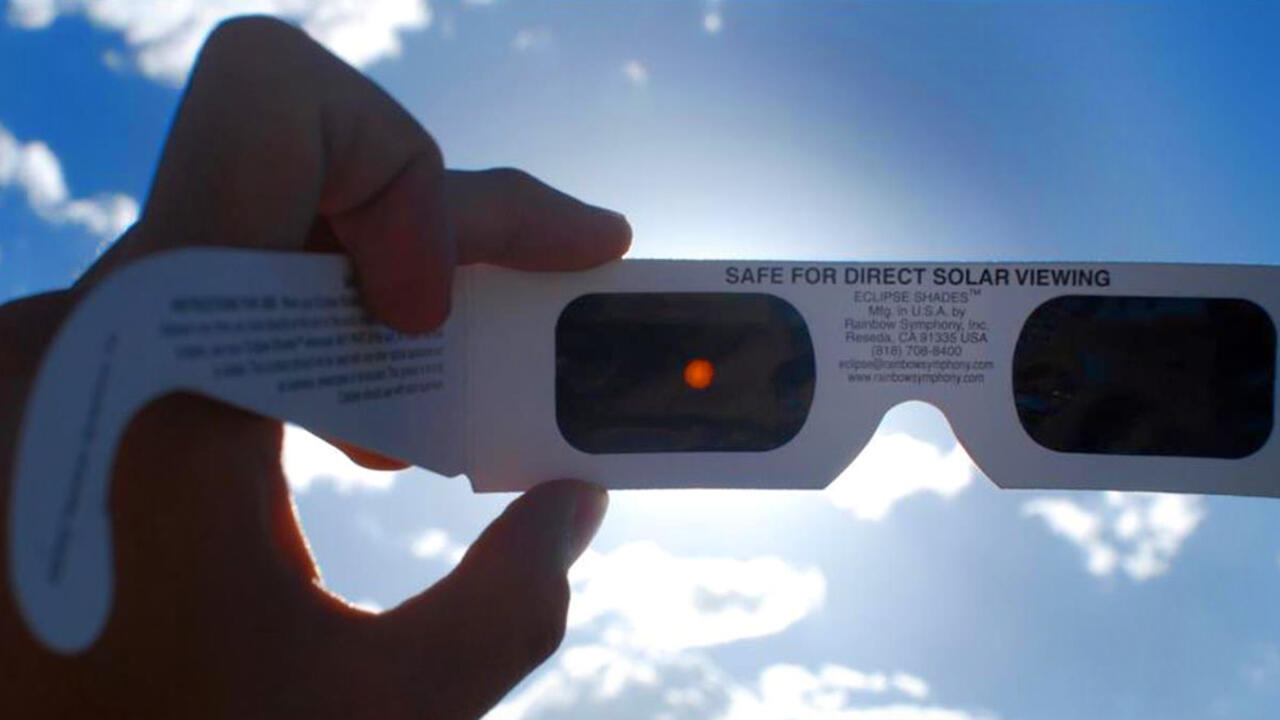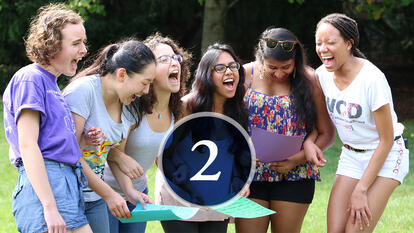Eyes on the Sky Over Wellesley—and Elsewhere—During Solar Eclipse

This afternoon, the moon will move between the Earth and the sun, blocking its light in varying degrees depending on one’s vantage point. The cosmic event will begin at about 1:30 p.m. and last until about 4 p.m.
Eclipses are always special, and this one will have a character of its own, said Wellesley faculty in the Department of Astronomy.
Stephen Slivan, instructor in astronomy laboratory, noted that this is the first time the shadow of a total solar eclipse will sweep across the United States from coast to coast since June 8, 1918.
Diana Chapman Walsh Assistant Professor of Astronomy Wesley Andrés Watters said, “This eclipse is very convenient for Americans to see because so many people will be in the shadow or nearby.”
The shadow will stretch in a 70-mile-wide path from Oregon to South Carolina. Sky watchers in this “band of totality” will be able to see the sun almost completely obscured by the moon, and the day will go dark.
Viewers in the Wellesley area and elsewhere outside the band will see a less dramatic but still spectacular partial eclipse. From the Earth, both the moon and sun will appear to be roughly the same size, though that’s like comparing a something smaller than a pea to a beach ball.
In the Boston metropolitan area, viewers might see about 63 percent of the sun’s surface covered by the moon. “Where we are, the sky will seem to darken somewhat; if you didn’t know it was happening, you might not even notice it,” said Watters.
New Englanders will get their chance to view a total eclipse in 2024. That’s when astronomers predict another total eclipse, this one with a band of totality from Texas to northern Maine.
NASA, which offers a guide to the eclipse, cautions that the only safe way to look directly at the full or partially eclipsed sun is through special-purpose solar filters, such as “eclipse glasses” or hand-held solar viewers.



